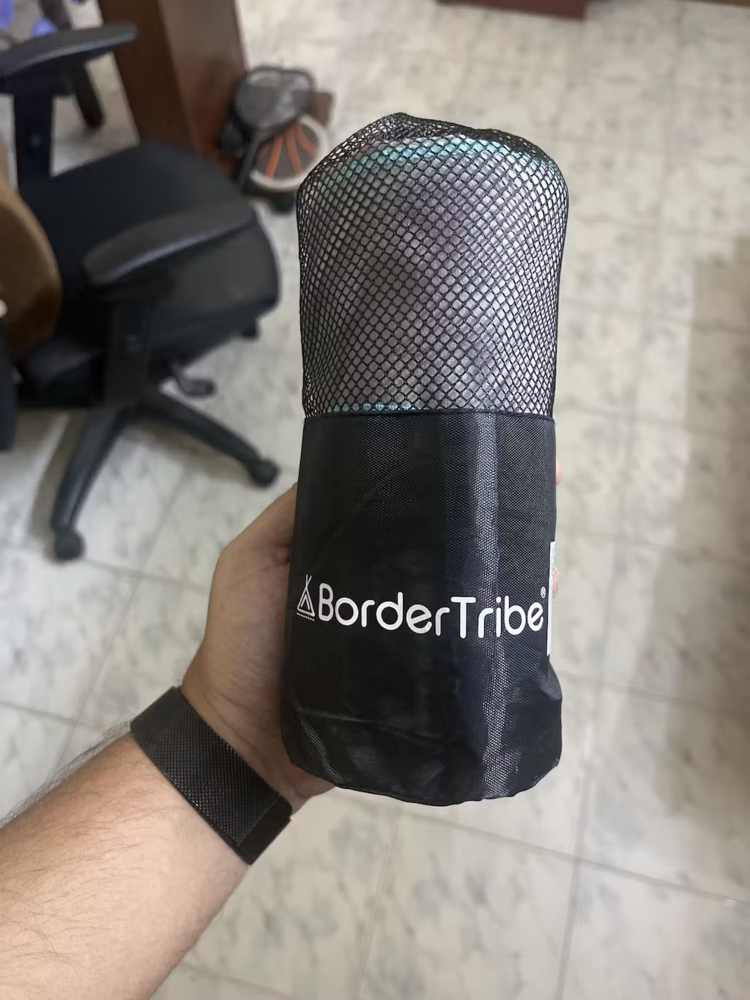Your Ladakh trip planning is never complete unless you prepare for breathing problems in Ladakh.
You most likely know this already. Visitiors to Ladakh are prone to breathing issues due to high elevation of Ladakh from sea level.
If you are panting on the way to the bathroom from your bedroom, don't worry. This is normal even for olympic atheltes let alone healthy individuals when in Leh.
But why does this happen? How do you prevent it, and what do you do if the symptoms worsen?
Let's find out.
Why does one get breathing problems in Ladakh
The issue usually occours at locations that are at an elevation of more than 2,400 meters. Leh is located at about 3,500 m.
Contrary to popular thinking, this is not due to less oxygen in the air.
As you go up, the armospheric pressure reduces. This reduction in atmospheric pressure also reduces the "partial pressure" of oxygen making it difficult for the body to absorb this oxygen into the blood.
And everybody knows what happens when the body doesn't get enough oxygen.
You're probably thinking this is a real problem. How on earth are the people of Ladakh managing this issue year around. Are they living their life panting all the time?
Not at all. The solution is........
High altitude acclamatization.
The human body (being the genius machine that it is) quickly understands the problem, and adapts to it within 48-72 hours.
The body realises that the oxygen carrying capacity of the blood needs to increase, and starts producing more Red Blood Cells. This process is what we term acclamatization.
The body does it organically on it's own but we need to support it in the meantime.
How to support your body in acclamatization?
a) Take rest
Avoid physical exertion during this period so that the body can focus its energy for acclamatization
b) Stay hydrated
Hydration assists acclamatization. Make sure you drink about 3-4 liters per day of fluids during this phase.
Alcohol interfers with hydration. Stay away from Alcohol for about 48-72 hours once you land in Ladakh.
c) Once you arrive in Leh, try not to move to higher altitudes quickly
Your chance of getting altitude illnesses depends on a few other things such as how quickly you move to a higher elevation, how high you go up, the altitude where you sleep, and other factors.
d) Other Risk Factors
Your risk also depends on where you live and the altitude there, your age (young people are more likely to get it), and whether you’ve had altitude sickness before.
Your genes could also play a role in your body’s ability to handle higher elevations.
What to do if the symptoms worsen (aka high altitude sickness) ?
While the human body is an expert at adapting to the altitude, you may have side effects (aka high altitude sickness) occasionally.
High altitude sickness in Leh Ladakh happens in stages
Acute Mountain Sickness:
It is the mildest form, and it is very common. The symptoms include hangover like headaches, dizziness, muscle aches, and nausea. Symptoms usually develop within 12-24 hours of arriving in Leh.
Be Warned. Although it is common, it is every important to treat it so that the issues do not escalate.
How to treat High Altitude Sickness
The proven and most established way to treat this is through Tablets, namely Diamox (Acetazolamide)
Acetazolamide is a common drug used to treat/prevent AMS. Its role in treatment for AMS has been well documented.

It is also advisable for individuals who have previously faced altitude sickness to take Acetazolamide 24 hours prior to arrival in Ladakh.
Diamox 125mg – one tablet to be taken every 12 hours, start taking 24hours prior to arrival in Leh, continue taking for 48 hours on arrival in Leh is recommended.
What to do if symptoms escalate?
Get medical treatment immediately. No two ways about it.
If left untreated, it can progress into more serious issues such as High Altitude Pulmonary Edema (HAPE) and High Altitude Cerebral Edema (HACE).
Conclusion:
Hope this gives to a clear picture into preventing altitude sickness on your Leh Ladakh trip.
Here are the altitudes in meters of various places in and around Ladakh for your reference and precautions.
- Leh: 3,500 m
- Dha 3,000 m
- Kargil: 2,676 m
- Drass: 3,300 m
- Rangdum: 3,657 m
- Padum: 3,669 m
- Purne: 3,700 m
- Lamayuru: 3,510 m
Smooth Travels
Team BorderTribe
Disclaimer: While we do have some experience with travelling to Ladakh, we are not medical professionals. It is best to to consult a doctor on health related matters. Your individual fitness level and health conditions can have a bearing on your trip to Ladakh. BorderTribe shall not be held liable for any consequences or adverse events arising out of following the advice mentioned on this page.




